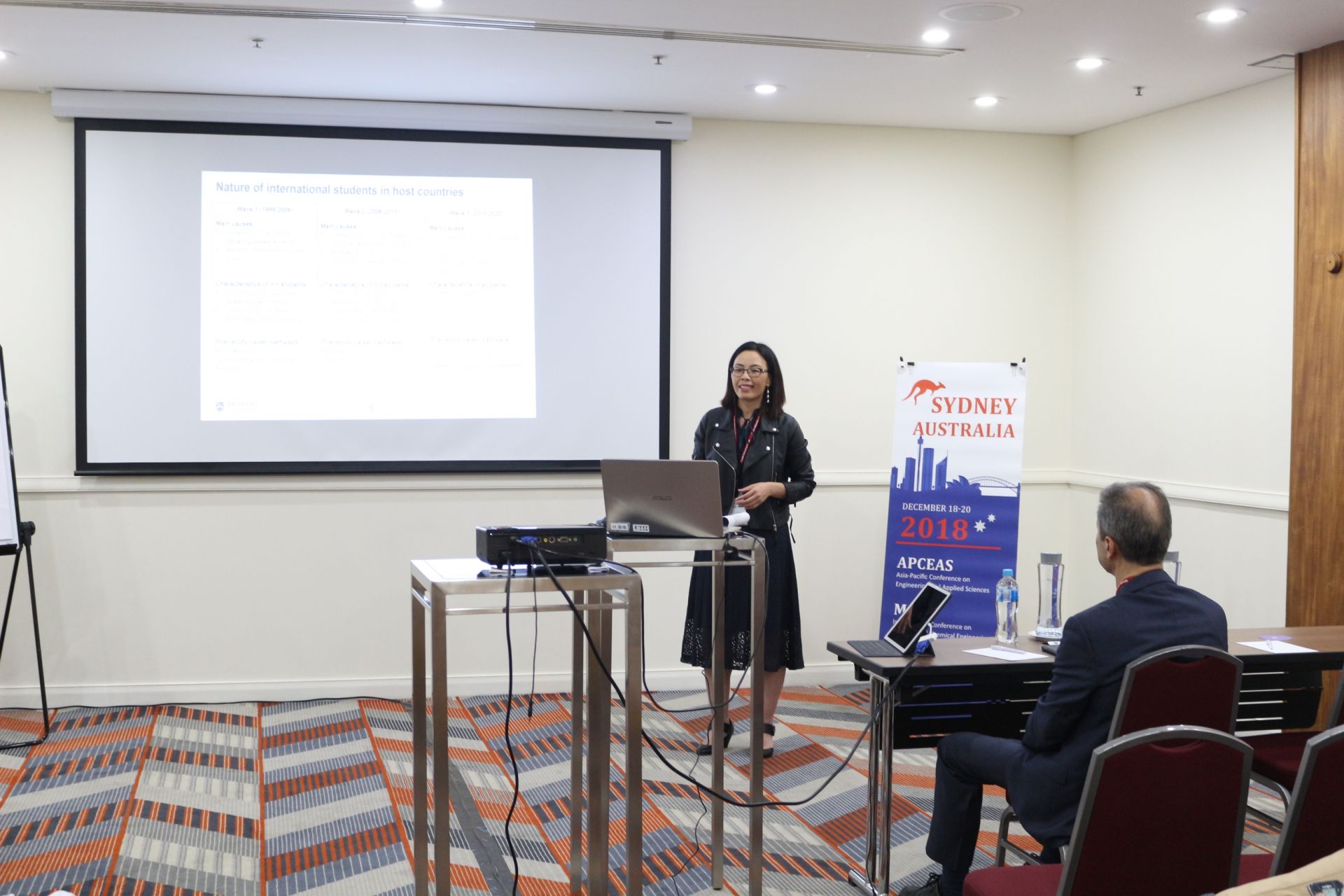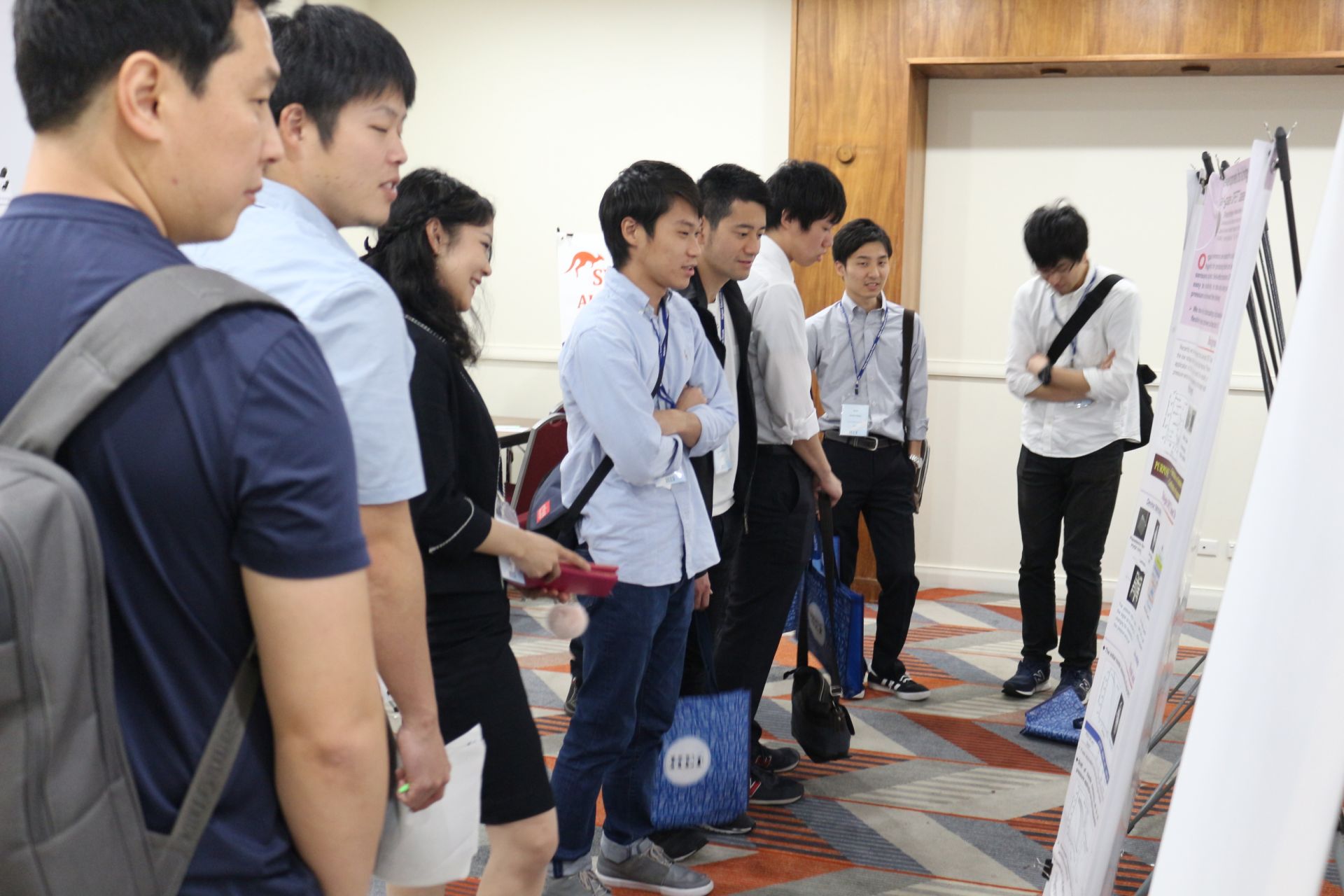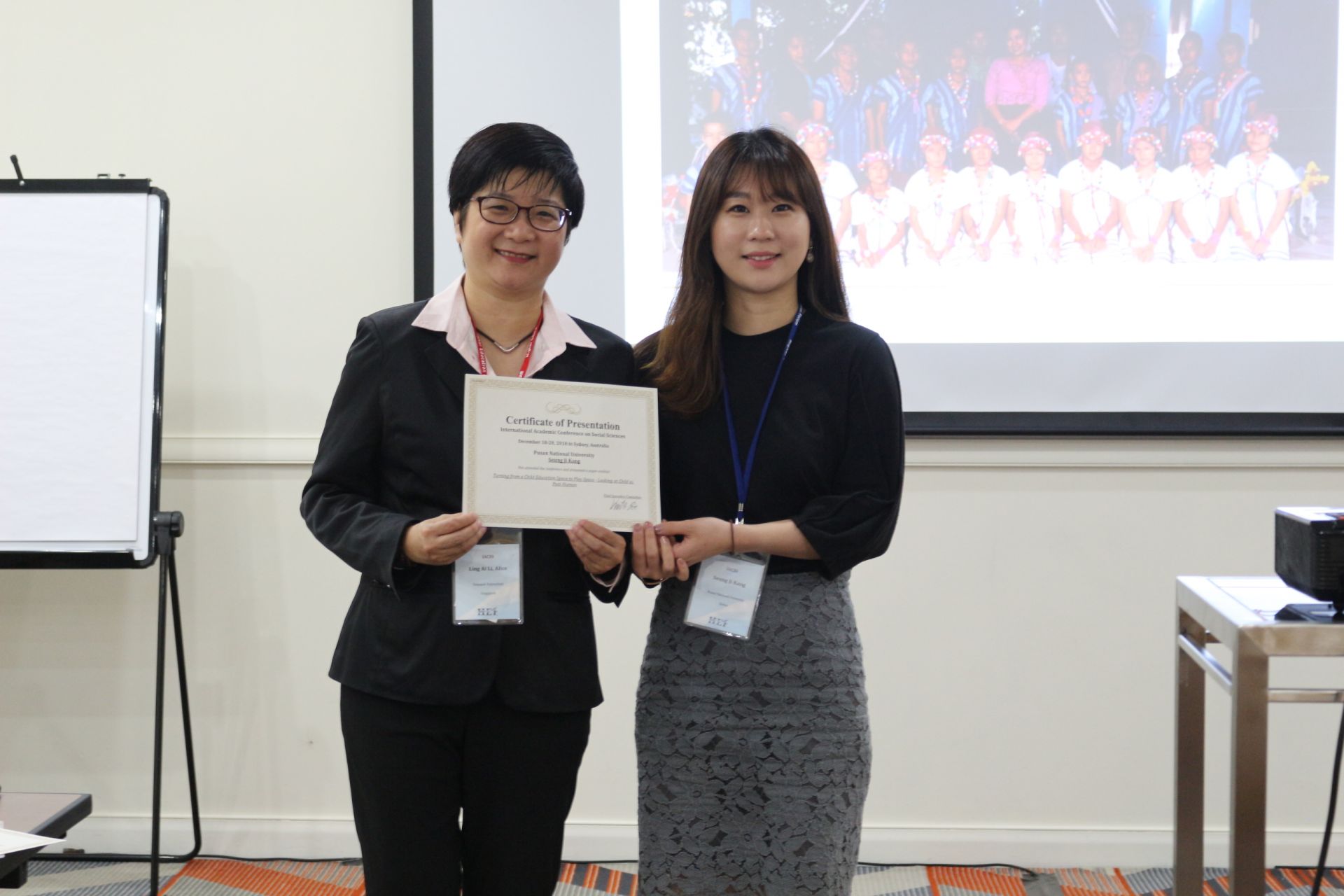2018 APCEAS
Asia-Pacific Conference on Engineering and Applied Sciences
December 18-20, 2018 in Sydney, Australia
Keynote Address by Takumi Ito
 | Dr. Takumi Ito
Associate Professor Faculty of Engineering Tokyo University of Science |
|---|
Topic
Matrix Method of Limit Analysis on Framed Structure and Identification of Seismic Design Strategy
Abstract
The purpose of building structural design is a top priority on safety. When a seismic design load or a required load carrying capacity on framed building structures are given, the building structural engineers’ efforts are devoted to two kinds of procedures. One is the analysis procedure for getting a load carrying capacity of the frame and members which have already been proportioned. Another is a design procedure to proportion the members of the frame so that its load carrying capacity exceeds the required load. The former is often called “limit analysis”, and the latter is called “limit design”. The structural engineers often make dual use of these two procedures. One of the popular limit design methods is to utilize the lower bound theorem in the limit analysis. In our past studies, the minimum-norm stress analysis for framed structure has been suggested, which is a technique to choose a design stress field in equilibrium with ultimate seismic design loads. Furthermore, the designers’ dissatisfaction with a stress field chosen is presented as the generalized norm based on the sum of weighted square stress. The general description and theoretical formulation are explained. Also, this optimization method is different from the ordinary optimization problem, such as minimum weight design and minimum cost design. A building structural designer has many experiences of actual building design considering any design strategies. During the design procedures, they can solve the stress field subjected to design load and any conditions, such as construction cost, period, etc. From the above mentioned, this proposed method has a potential to accept an arbitrary designers’ strategy in the ultimate state design of building frames. It can be predicted that the various kinds of design strategy will be lost after the structural designers retire their career. It is desirable that their design strategy is stored such as a database. In this study, the identification method using the minimum-norm stress analysis is explained. That is, this method aims to identify their decision making subjected to some design conditions. To identify the design strategy, the reference stress field is analyzed. So, the middle-rise building frame model is analyzed with minimum-norm stress analysis. From the analytical studies, the applicability of the proposed method is clarified. If you have some strategy during building structural designs, and you want to transfer your experience on structural design to next generations, this proposed matrix method can help to analyze and identify your design strategy and decision making.
Keynote Speech by Dr. Azman Bin Kassim
 | Dr. Azman Bin Kassim
Associate Professor Faculty of Civil Engineering Universiti Teknologi Malaysia |
|---|
Topic
Implementation of Slope Monitoring Program and Installation of Real Time Vibration Monitoring System at Gunung Pulai Water Treatment Plant, Malaysia
Abstract
The Sultan Ibrahim Reservoir located at Gunung Pulai catchment area in Johor, Malaysia was first built in 1924 and was previously managed by the Singapore's Public Utilities Board before the Board handed over the reservoir to Johor State Government under current management of the Syarikat Air Johor. At the present time, the Syarikat Air Johor is operating the Gunung Pulai Water Treatment Plant consists of Water Sedimentation Plant and Water Filtration Plant to treat raw water from the reservoir before supplying to consumers. However, the integrity of the water treatment plant’s structure should be checked due to several cracks were recently observed, and moreover, the structure was built over more than 50 years. There are two issues which can be associated with the formation of cracks in the treatment plant. Firstly, it may be induced by the effect of ground vibration from blasting activities undertaken at the nearby quarries. Secondly, the cracks could also be due to the movement of the sloping area to the south-east of Water Sedimentation Plant. In order to verify the degree of effect of ground vibration and movement of the sloping area on the structural components of the Gunung Pulai Water Treatment Plant, a combination of scheduled and real time monitoring was undertaken by implementing slope monitoring program and installation of vibration monitoring devices that includes designing, setting-up and installing multiple monitoring systems. The slope monitoring results indicate the size of cracks are within the allowable limit as most of the cracks are only on the surface of the walk way slab but it is not propagating down to the wall, and the increments of crack are not significant for the most of location, except on three locations near slope area. Similarly, the vertical settlement monitoring works also concluded that all observation points can be considered stable, except for points near slope area. From slope stability with sensitivity analysis indicate any decrease in soil’s friction angle and cohesion strength or increase in horizontal seismic load will further cause instability on the slope. Moreover, the results of load-deformation analysis on cross sections of original slope also show significant vertical displacement and horizontal displacement on the bottom and both side of the of sedimentation plant, respectively. To measure and quantify the vibration due to blasting activities, real time monitoring is conducted in order to understand the vibration effect toward the treatment plant structure. It is found that calculated values of peak particle velocity and air blast noise for the nearest active quarry to the Gunung Pulai Water Treatment Plant are much lower than the stated regulatory limit as imposed by Department of Minerals & Geoscience and Department of Environment. With regards to the real time monitoring, the peak particle velocity value recorded is consistently lower than the limit set by authorities, except for few cases the value exceeded 3mm/s. In addition, the calculated and measured peak accelerations due to blast induced vibrations are marginally larger than 0.01g which these vibrations result in structural responses that are smaller than structural capacities, but they are large enough to be felt by people occupying the buildings. Lastly, the maximum blast induced forces in both directions are significantly smaller than the lateral capacities of the Water Filtration Plant and Water Sedimentation Plant to indicate that the structures can safely resist against vibrations imposed by blast forces.













